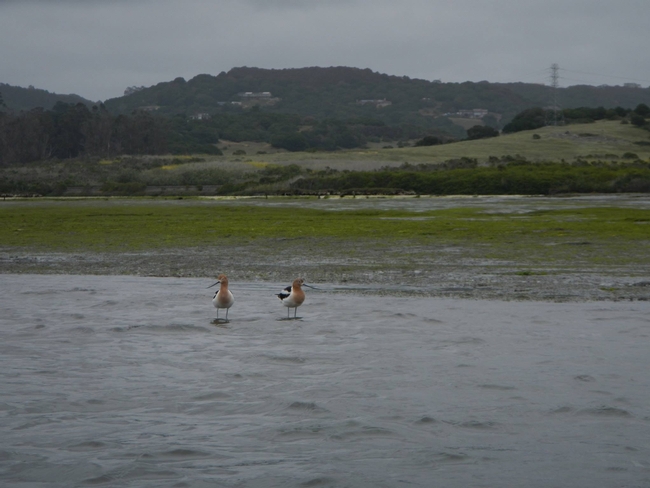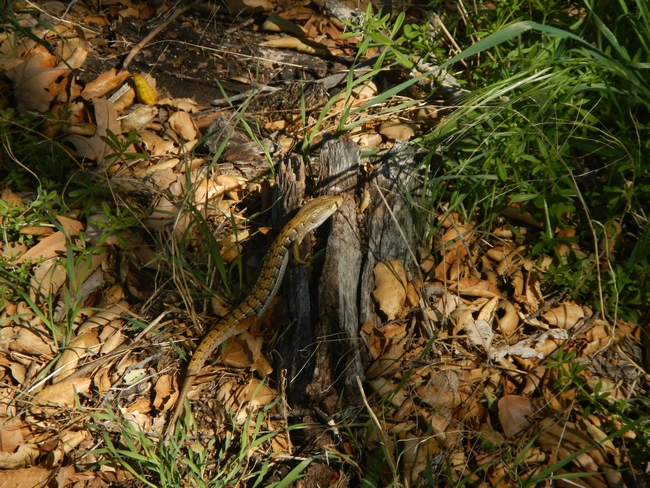The smell of the ocean, the cool, salty breeze, sandy toes and plenty of sunshine – many of us lucky Californians have special memories spending time at our central coast. While enjoying the company of friends and family, the stunning backdrop instantly puts us at ease, and gives us some perspective. However, a naturalist's mind has a hard time quieting down, as even a moment thinking about the landscape of the central coast leads to endless questions about how such a beautiful place came to be here today!
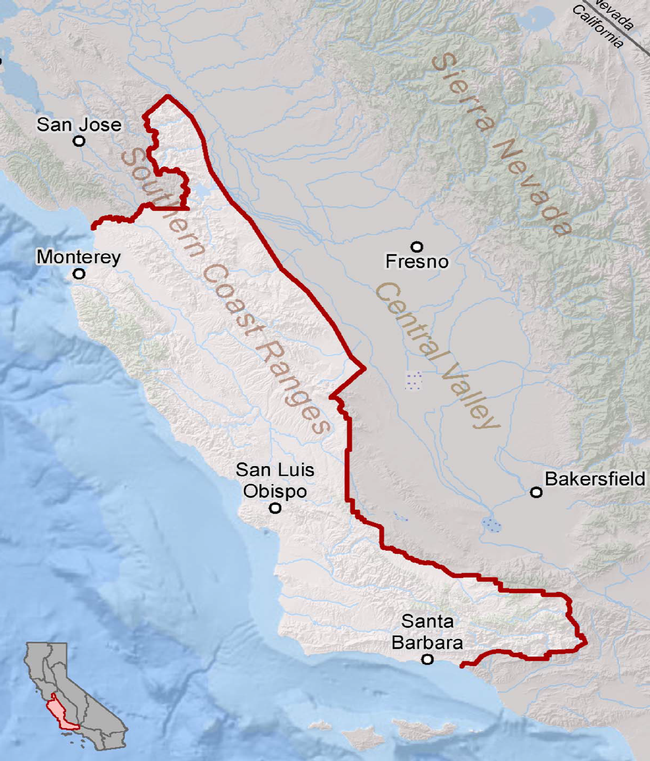
The coastal geology of California reflects its culture: it's modern, it's active, it's exciting, and it's got a lot going on. The dramatic cliffs and hills rising straight out of the ocean are a result of the Pacific and North American plate boundary. Subduction created the iconic mountains and accreted different rock types onto California. Now, as the plate boundary moves the shrinking Juan de Fuca plate north, the plates slide past each other along at this point along the coast, bringing even more rock types from Southern California northward. These diverse rock types contribute to a diverse plant landscape.
Rock and soil type combined with the Mediterranean climate characterize the landscape with vegetation types dominated by some quintessential Californian plants, including blue oak, coast live oak, valley oak, redwood, and Monterey pine. An incredible array of vernal pool, estuary, intertidal, bay, dune, forest, stream, riparian, chaparral, coastal sage scrub, and grassland habitats attract an equally diverse number of animal species to live in this area of California.
At the beaches, the uniquely adapted animals of the tide pools wait to be discovered, shorebirds cruise along the sand, and marine mammals can be viewed at a safe distance. In the freshwater streams that meet the ocean, macroinvertebrates feed the fish and birds who inhabit the riparian ecosystems. Still more bird species fly above the elusive bobcat, coyote, and mountain lion of the oak woodland habitats
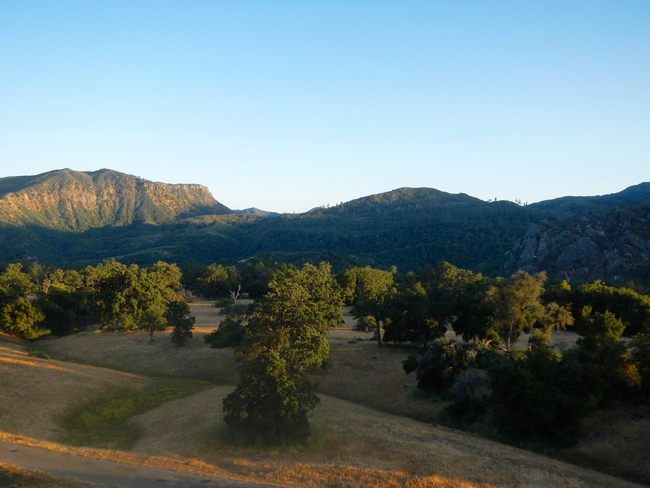
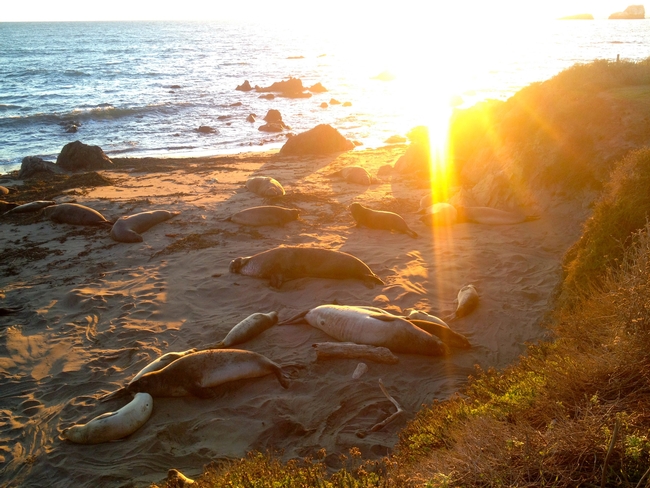
For our California Naturalists and friends, this landscape offers so many opportunities to learn and explore. That's why program staff picked the central coast as the location of this year's annual Regional Rendezvous! What's a Regional Rendezvous? An annual event for California Naturalists and other nature-loving adults to re-energize, share our collective passion, learn together about a specific bioregion, and make fun memories on high quality, professionally led adventures. No experience, credentials, or degrees needed, just a love of the natural world and a desire to learn more about it. Let experienced, knowledgeable, and local naturalists show you the places they call home in the surrounding Cambria area. Rendezvous attendees have an opportunity to choose one of the nine offered field trips/workshops to engage in the nature found in this unique part of California. Learn more about the field trip offerings and how to register for the Rendezvous!
